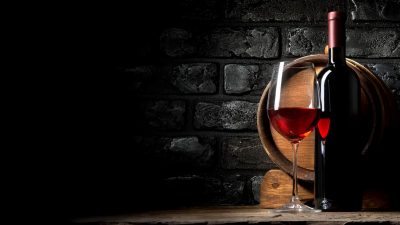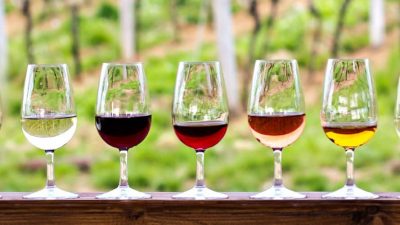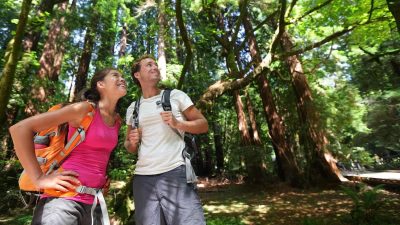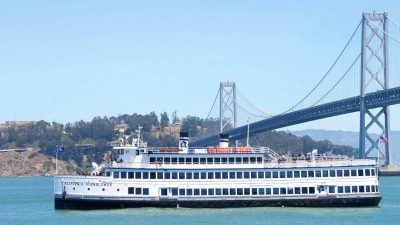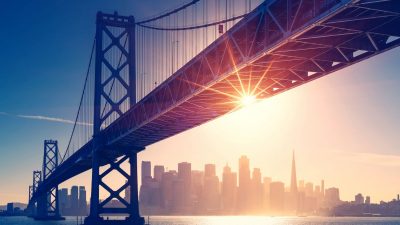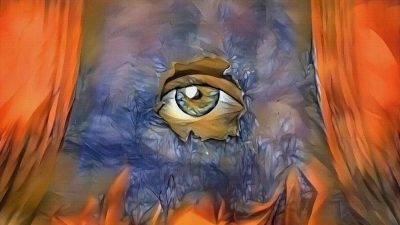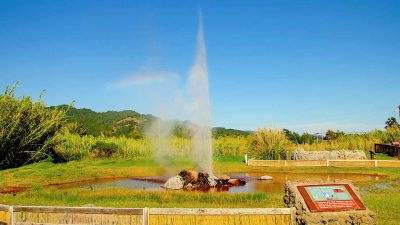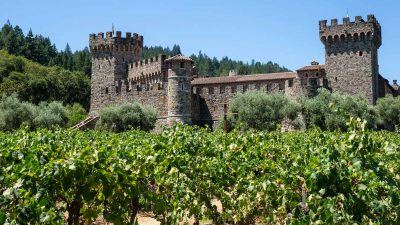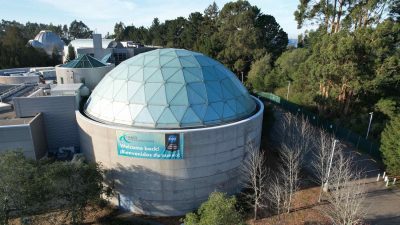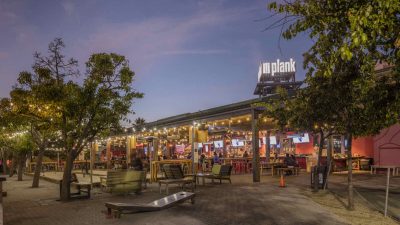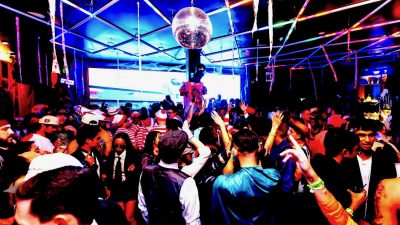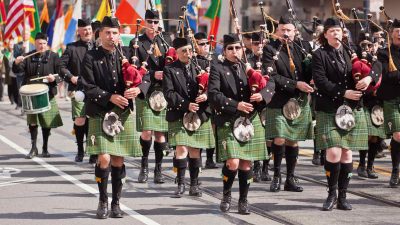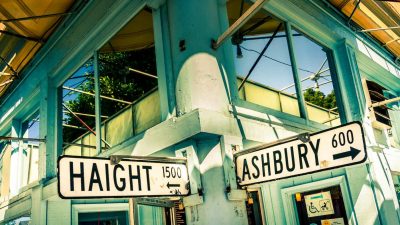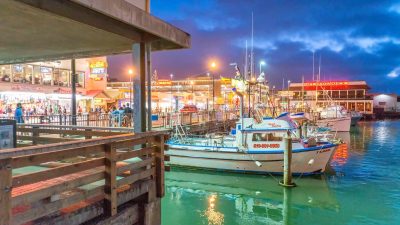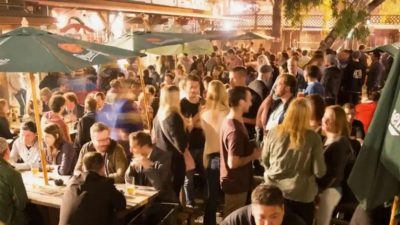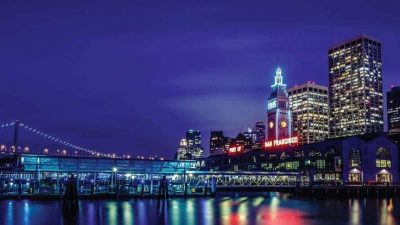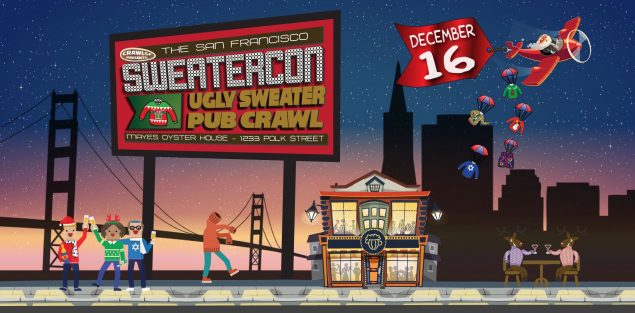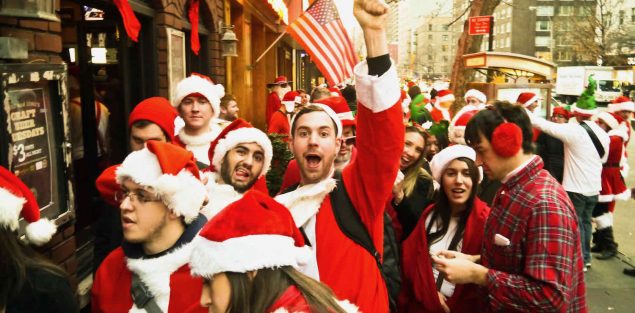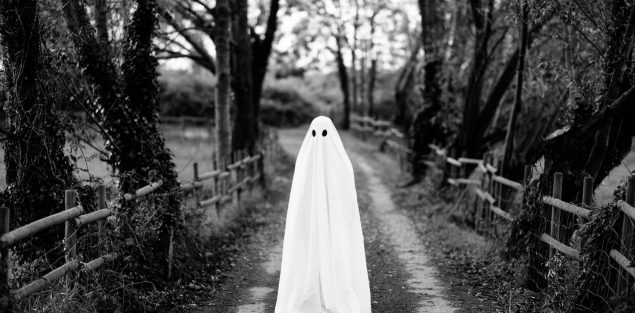Forgotten Spirits and Cocktails of San Francisco’s Past
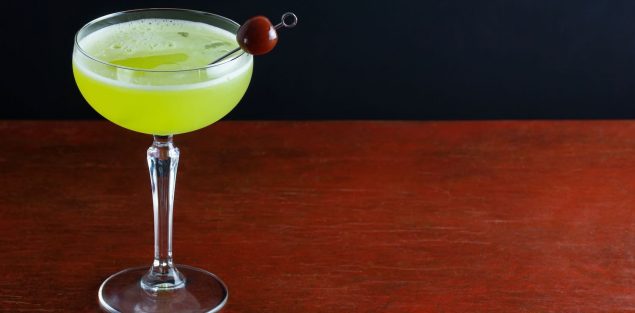
Popular foods and beverages are among the essential criterion that define any city. In 2017, food writer for the SF Chronicle, Carol Ness, wrote, “Some drinks become classics. They define a place.” I couldn’t agree more. It is Hard to imagine being in Louisville without delighting in a boozy, refreshing mint julep. A trip to New Orleans would not be the same without a stop, at the Carousel Bar, in Hotel Monteleone, for a Vieux Carre. It would be a shame to visit NYC without enjoying a frosty mug of dark or light ale at McSorley’s Ale House. Some drinks and spirits get lost in the folds of history. Others become classics, and soon become a right of passage for the traveller.
Last Word Cocktail
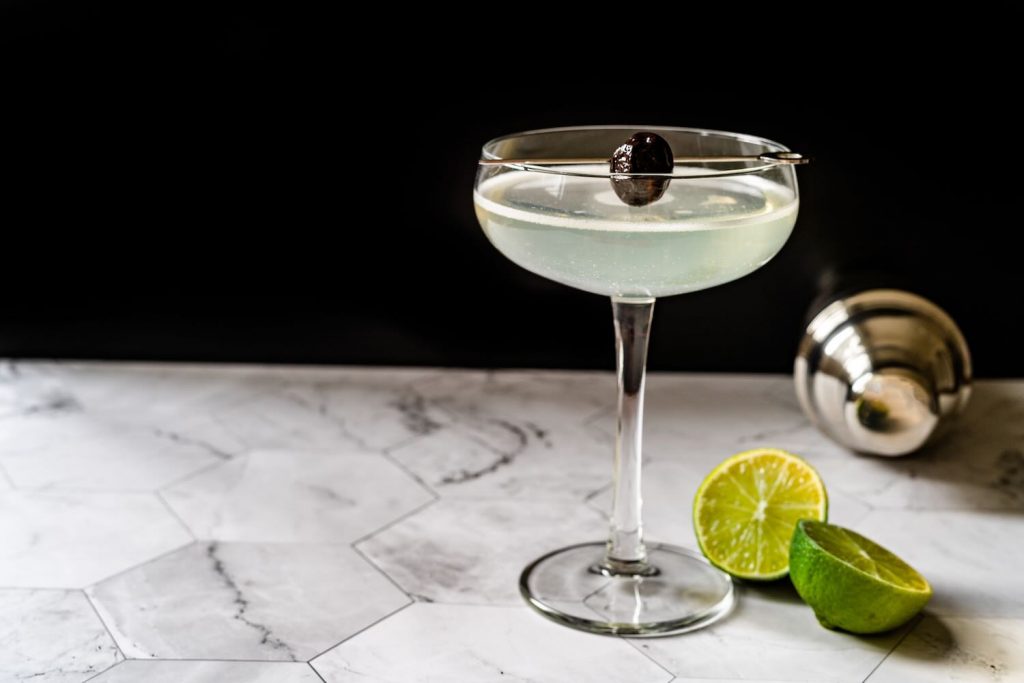
When Old Becomes New
In recent years, some cocktails that were once lost to history, have made a huge and unexpected comeback. I credit the Chartreuse craze that’s sweeping the nation, to Seattle bartender, Murray Stenson, who uncovered a charming little recipe, in a dusty old cocktail book, published in the 1950’s. This 100 plus year old recipe is rumored to have been concocted at “The Detroit Athletic Club” around 1900. It was one of those drink recipes, that was lost on the pages, of one of those typical old books, with dozens of cocktails that nobody really gave much, if any, thought to.That cocktail, “The Last Word”, is among the most commonly called for libations in bars today and any self-respecting bartender knows how to make it.
Last Word
3/4 ounce Lime Juice
3/4 Ounce Gin
3/4 ounce Maraschino Liquor
3/4 Ounce Green Chartreuse
Shake all ingredients and double strain into a coup, Nick and Nora or Cocktail Glass, Garnish with a cherry.
As I deep dive into the cocktail history of the Bay Area, I have discovered many recipes, that were once as popular as the Irish Coffee, but I have rarely heard mentioned in my 25 year relationship with the city by the bay. Some sound intriguing and I can’t imagine why they ever disappeared. Others a little strange, which only adds more intrigue. You decide. Should these drinks be allowed to R.I.P. or are they worthy of a comeback in San Francisco, one of America’s top drinking cities?
Picon Punch
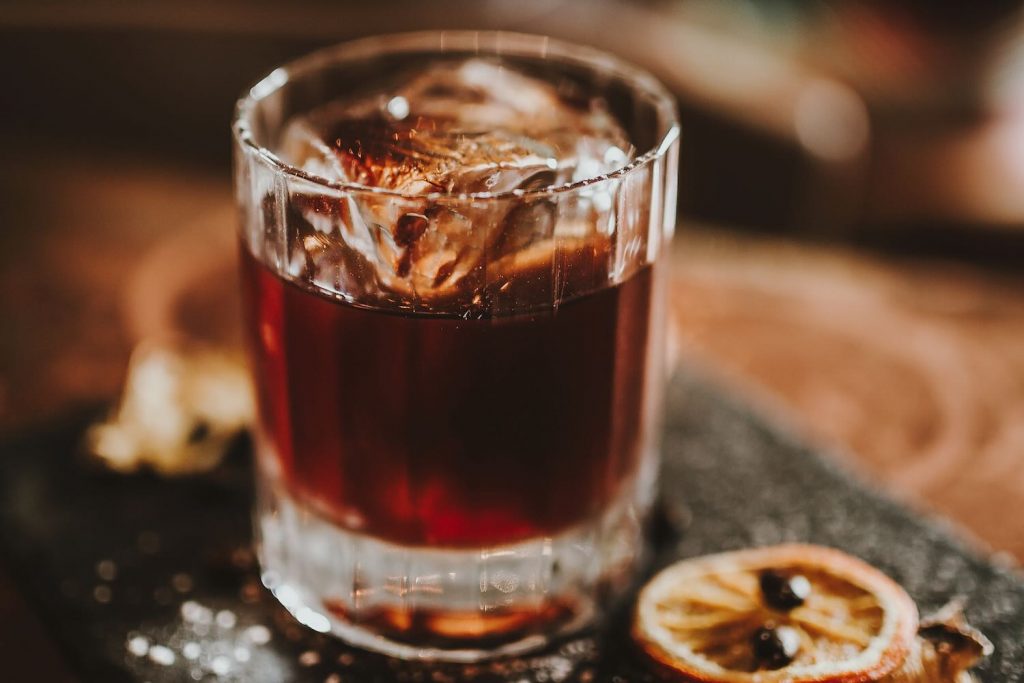
Vintage and Forgotten Libations of San Francisco’s Past
San Francisco has always had a love affair with bitter liquors. Maybe it is because a large Italian population settled in San Francisco during the Gold Rush, followed by a second and third wave of Italian Immigrants in the 20th Century. San Francisco is currently the largest consumer of Fernet Branca, in the world, outside of Italy. San Francisco is the home of the Chartreuse Swizzle and has two bars with large collection of Chartreuse, dating back to the 1800’s. When it was still legally imported into the US and a little after, Amer Picon was so closely affiliated with San Francisco drinking culture that the New Yorker Magazine used to run an ad that said” “We sell more Picon near the corner of Broadway and Columbus in San Francisco than anywhere in the world.” This was an ad that Herb Caen, 20th Century Socialite and SF Chronicle writer, used to brag about. He was the biggest cheerleader for San Francisco. His love of the city was rivaled by no one.
Barkeep, restaurateur and legend, Rose Evangelisti is credited for making the Picon Punch a sensation in San Francisco. She was a feisty broad, who was beloved in San Francisco’s North Beach. She went by the nickname “Rose Pistola” and ran the most popular bar of the mid-20th Century the area, bearing her nick name. It was located at 1707 Powell, across from Washington Square Park.
According to Paul Harrington and Lisa Moorhead, in their book, “Cocktail”, the Picon Punch was invented in France in the 1800’s. Italians are said to have refined the drink and it finally made its way to San Francisco’s Italian neighborhood, where it was perfected and really made to be a part of the local cocktail culture. Rose Pistola was the one who is rumored to have really put it on the map.
Sadly Amer Picon has been illegal to import into the United states since the year 2000. It was rumored that certain bars had a secret stash for those,“in the know”, tucked away. When in North Beach it is always worth an ask. Some new products, designed after Amer Picon have begun to hit the market in recent times. Maybe a 21st Century version of the long gone Picon Punch will again be all the rage in North Beach. The drink’s memory is currently kept alive at 15 Romolo, where a blend of ingredients is prepared in house to mimic the flavor of the original Amer Picon and it is used to make a Picon Punch.
Even the product made in France is not the same as the original. The recipe and proof of the product changed when the brand was sold a number of years ago. In France the bitter liquor now bears the name Picon Amer.
Picon Punch
1/2 ounce Grenadine
1.5 Ounces Amer Picon or modern day substitute
Soda Water
Bar Spoon of Brandy
Coat an Irish Coffee Glass with Grenadine, add Picon, fill with ice, top with soda water and float with brandy.
CBA (Coffee, Brandy, Anisette)
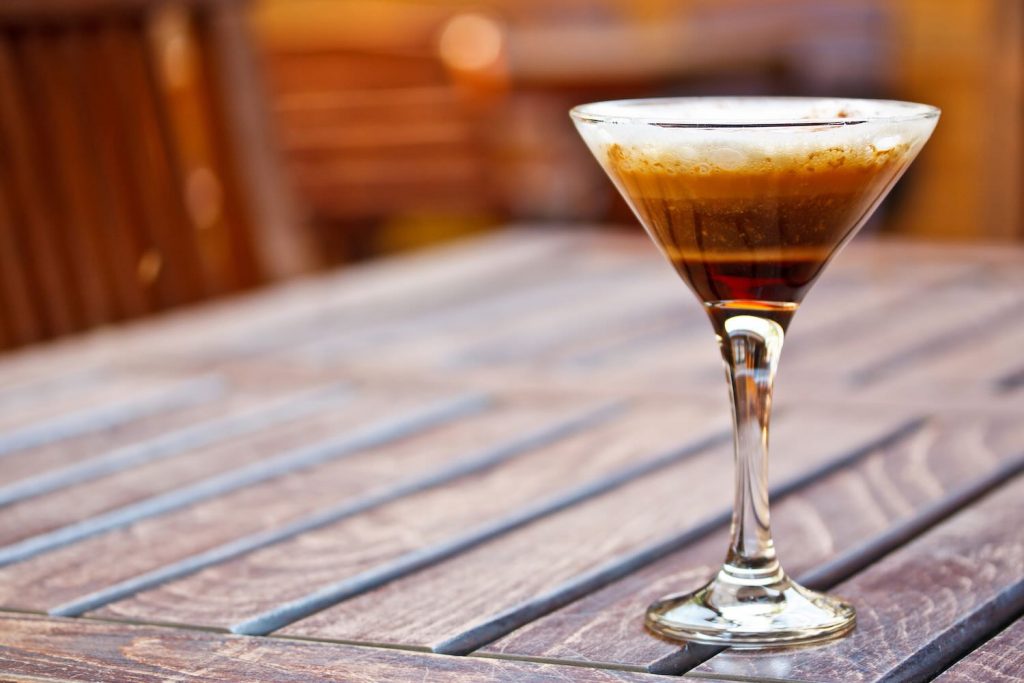
True San Franciscans are great drinkers. Day drinking, after hours drinking, underground drinking and everything in between is ingrained in the culture of the city. San Franciscans are very clever when it comes to bending the rules and will get extra creative when the rules get in between them and a cocktail.
According to the late, great, North Beach restaurateur, Ed Moose, drinking at lunch was once a tradition of the SF Police Department. In the 1970’s a new Police Chief, Charlie Gain, came along and stood between the SFPD and their lunch time libation. The cops got creative and soon turned their lunchtime coffee into a boozy treat that was a little less obvious than an Anchor Steam or a Martini, just in case the Chief was anywhere nearby. Ed Moose would serve them a combination of Coffee with brandy and a float of anisette. A couple decades later it was listed on the menu, as a a cocktail called the “CBA”. Moose passed away in 2010 and his iconic businesses Moose’s and Washington Square Bar and Grill (affectionately called the “washbag” by those who frequented the joint) are long gone and along with them the CBA cocktail. One day, maybe, the CBA will be offered again, on foggy nights, in North Beach, preserving the memory of this late, great San Franciscan. Fun Fact: The “wash-bag” was also located at 1707 Powell, across from the Washington Square Park. Ed Moose took over the space in 1973, when Rose Pistola retired.
CBA
1 cube sugar
3 ounces hot coffee
1.5 ounces brandy
bar spoon of anisette
Dissolve the sugar cube into the hot coffee, add brandy and float anisette on top. No garnish, as not to raise suspicion of the chief.
The White Nun
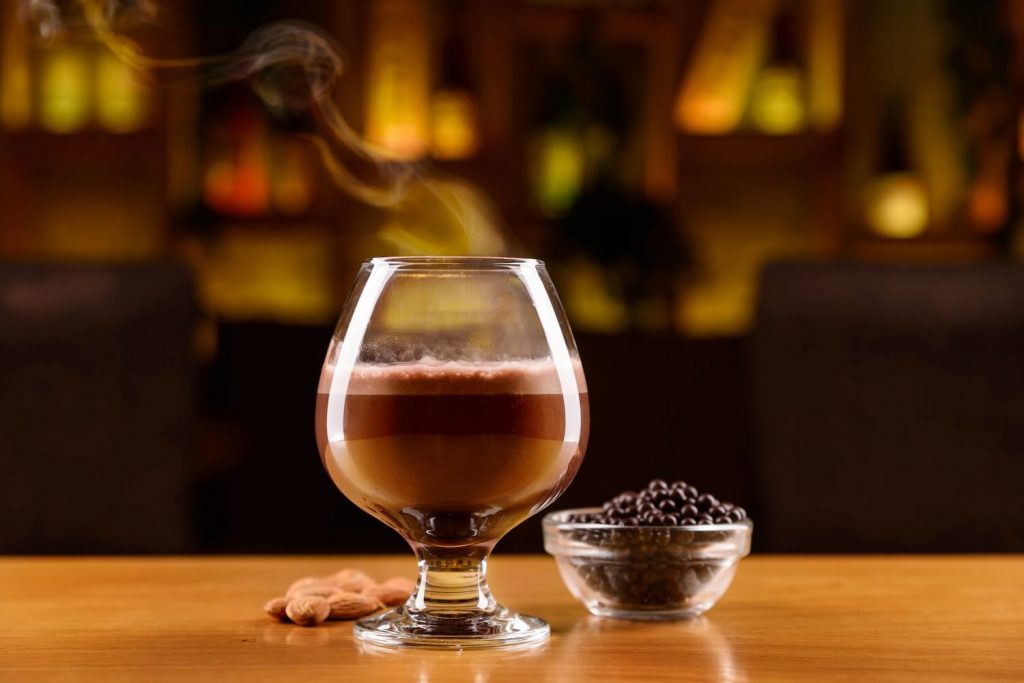
San Franciscan’s always have a great excuse to pop into the local watering hole for a warm and boozy libation. At some point each day the fog usually rolls in and the temperature drops. It is the perfect weather to wrap your cold hands around a warm glass and relax for a while. One of the San Francisco’s originals that has nearly vanished from bar menus in the 21st Century is the White Nun.
Like House Cappuccino, which is still popular today, the White Nun was invented at the Tosca Cafe in North Beach. The drink was created sometime during the third owner’s, Jeanette Etheredge’s, reign at Tosca from 1980 to 2012. The exact date of its creation or the name of the bartender who first came up with the drink is lost to history.
The White Nun was essentially a coffee based, hot version of the White Russian Cocktail, which was made famous in the film, “The Big Lebowski”. Like the House Cappuccino, the White Nun received a makeover for the modern palate when Bar Manager, Isaac Shumway, took over the cocktail program at Tosca Cafe in 2013. He replaced vodka with Brandy to give the drink more complexity of flavor to appeal to the modern palate.
According to the SF Chronicle, in an article published in 1995, Carol Doda, America’s first topless and first bottomless dancer, regularly popped into Tosca and always enjoyed the White Nun Cocktail there. Doda was employed at the infamous Condor Club just a block or so away.
White Nun Cocktail
1 Ounce Heavy Cream
4 Ounces Milk
1 Barspoon Coffee Syrup
1.5 Ounces Coffee Liquor
3/4 Ounces Brandy
Steam Milk and cream and pour into an Irish Coffee Glass filled with Coffee Syrup, Coffee Liquor and Brandy
The Brown Velvet
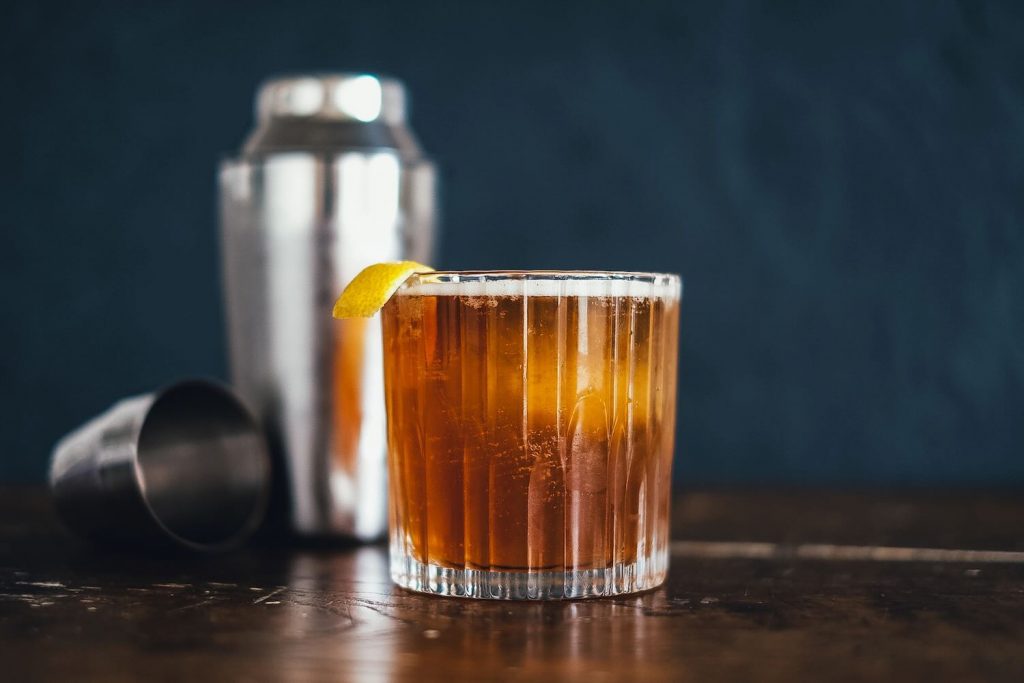
This drink is about as obscure as it gets. This riff on the Black Velvet, a drink made with Guinness and Champagne, is said to be invented in Tiburon. Its vague history is very intriguing. In a 1969 article in the SF Chronicle, by Charles McCabe, the drink is mentioned, as if it was a well known beverage of the day.
Charles McCabe, like all journalist socialites, in the Bay Area, during the mid-20th Century had a go to bar and a signature drink. McCabe was known to frequent Gino and Carlos in North Beach, always perched on a stool at the end of the bar near the door. Today Gino and Carlos is still going strong and a picture of McCabe hangs near his bar stool. His poison of choice was a beer from Seattle, Rainier Ale, affectionately called the “green death” in San Francisco. He is rumored to have drunk about 5 or 6 Rainier Ales a day.
According to McCabe, a man named Art Formanek, who supposedly owned a joint called “Harbor Light” in Tiburon, created the Brown Velvet with, what he thought of as good old American ingredients, West Coast Ale and California Champagne, “none of that French or Irish Stuff”. It is easy to see why the drink is not romanticized in the culture of 21st Century San Francisco.
I cannot find any evidence of a place named Harbor Light that existed in Tiburon during the 20th Century. There was an article that mentioned there may have been some illegal saloons operated in Tiburon from prohibition on, which would explain why it would not be a place of public record. The Formanek quote gives me the distinct feeling that he was an opinionated, rough around the edges guy who did as he pleased. Chances are he ran an illegal tavern bearing the name Harbor Light.
The legacy of Rainier Ale has survived the Brown Velvet Cocktail but the brewery is long gone. Rainier left Seattle at some point and was brewed in California for a while but eventually shut its doors. The SF Brewers guild worked with a local brewer to do a “tip of the cap”, limited edition beer called “Green Death” during Beer week a number of years back. That is pretty much where the history of Rainier Ale ends.
Brown Velvet
3 Ounces West Coast Ale
Fill with Champagne
Serve in a Flute or a Coup
